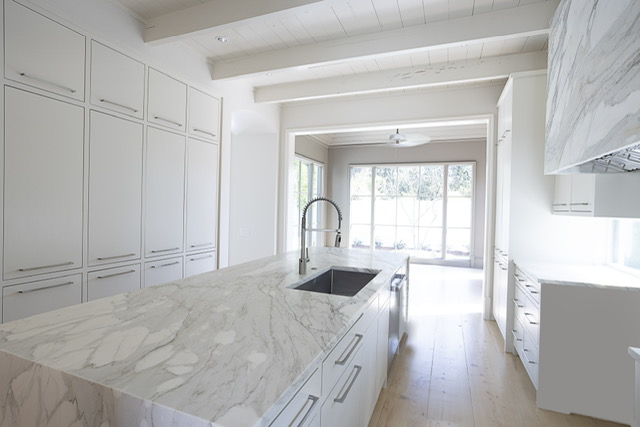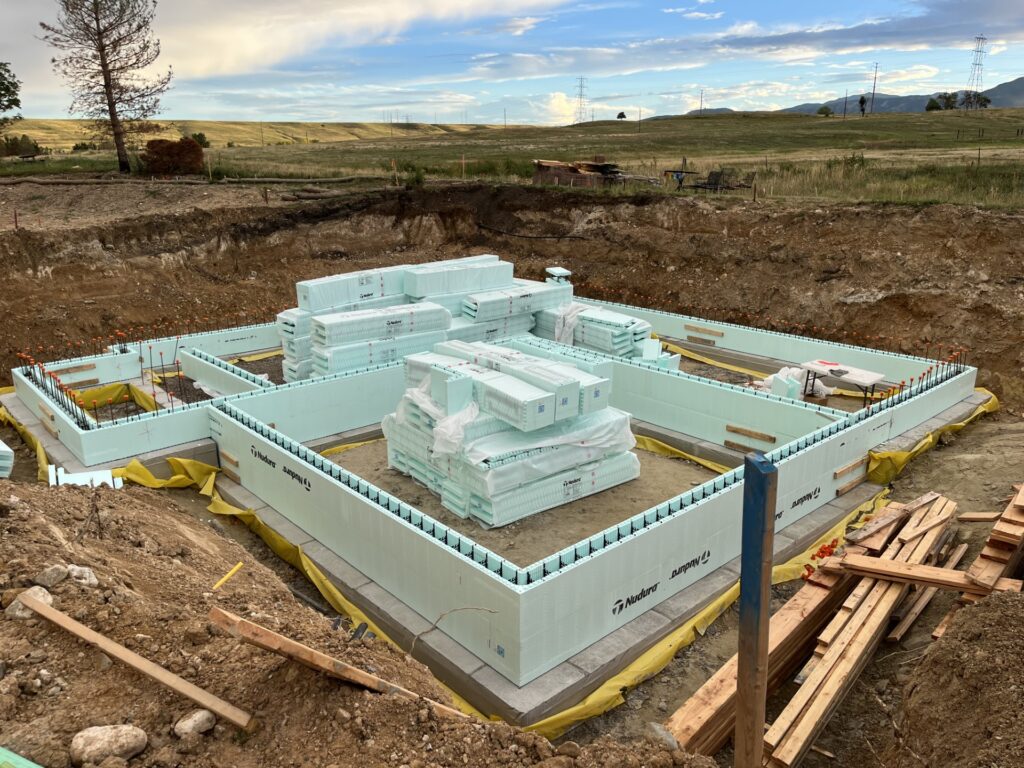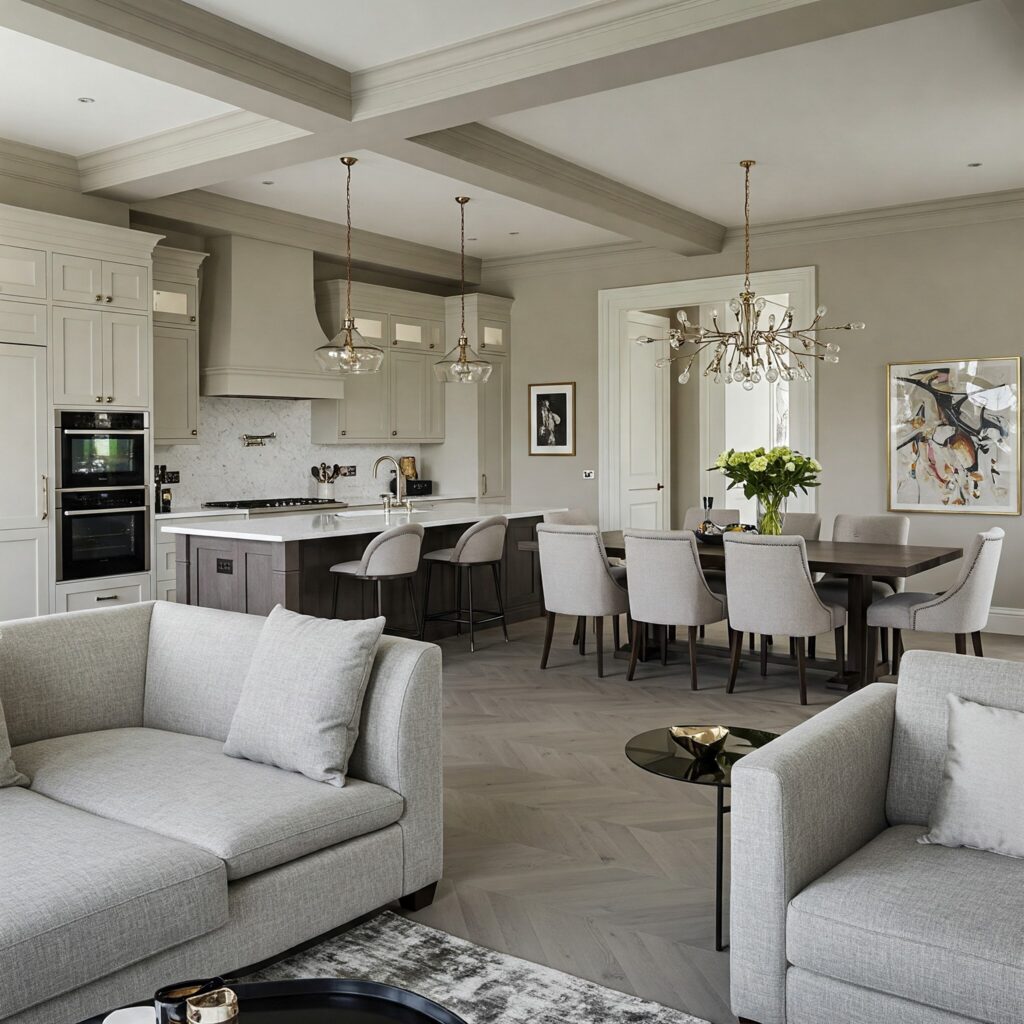The Excitement and Opportunity of Building Custom
Building a custom home is an exciting milestone that offers you the unique chance to create a space that is truly your own. Unlike buying an existing home, a custom build allows you to shape everything from the ground up — the layout, the finishes, the little details that reflect your personality and lifestyle. However, this opportunity also comes with many decisions, big and small, that require careful thought and planning. When you’re dreaming about your next home, it’s essential to consider not just what looks good, but what works well for your life today and into the future.
Custom homes go beyond just putting up walls and a roof. They represent a lifestyle, an investment, and a sanctuary. Because this will be your home for years to come, you want to ensure it serves you well in every way possible. From the flow of the floor plan to the materials you choose, every detail matters. By thinking through your priorities carefully before construction begins, you’ll create a home that’s not only beautiful but also functional, comfortable, and built to last.
Designing for Your Life — Not Just for Today
When planning your custom home, it’s easy to focus on aesthetics — the paint colors, the style of the cabinetry, the finishes that catch your eye. While those things are important, the real foundation of a successful custom home lies in how well it suits your lifestyle and needs. Think beyond the surface and imagine how you live on a day-to-day basis. This means considering how many bedrooms and bathrooms you’ll need, what kind of kitchen setup works best for your cooking habits, and how the spaces will interact.
If you love hosting gatherings, an open floor plan that connects the kitchen, dining, and living areas might be essential. For those who work from home or need a quiet place to study, a dedicated office space with soundproofing might be high on the list. Families with young children often prioritize proximity between bedrooms or safe play areas, while empty nesters might seek a more compact, manageable layout. Each family is different, and your custom home should be designed around your unique lifestyle, rather than fitting into a generic mold.
It’s also worth thinking about how your needs might change over time. Perhaps you’re planning to expand your family, or you foresee needing space for aging parents to move in. Flexible spaces that can evolve — such as rooms that can be converted into a nursery, guest room, or hobby area — add tremendous value to your home. Designing with the future in mind helps avoid costly renovations later and keeps your home adaptable to life’s changes.
The Importance of Flow and Functionality
One of the most overlooked aspects of home design is the flow — how easily you move from one space to another and how the layout supports your daily activities. Great flow can make a home feel more spacious and comfortable, even if the square footage isn’t massive. Poorly designed layouts, on the other hand, can cause frustration and inconvenience.
Imagine coming home with groceries, juggling bags, kids, and pets. How far is the kitchen from the garage or front door? Will you have a convenient mudroom or drop zone to stash coats and shoes? What about laundry facilities — are they located in an accessible spot? These practical considerations make a big difference in your daily comfort and efficiency.
The way bedrooms relate to common areas is another crucial factor. Some people want a master suite tucked away for privacy and quiet, while others prefer being close to the family hub. Think about noise levels and traffic patterns too. For example, a guest bedroom next to a loud game room might not offer the restful retreat you want.
Open floor plans are popular because they foster connection and light, but not everyone wants every room to flow openly into the next. Your custom home should balance openness with opportunities for privacy and separate zones where family members can retreat or focus.
Storage Solutions That Work for You
Storage is one of those practical features people often forget to prioritize until it’s too late. A home can be stunning, but if clutter builds up because there isn’t enough storage, the overall feel and function suffer. Planning for ample, well-placed storage is critical.
Closets are the obvious starting point — not just size, but how well they’re organized. Custom shelving, built-in drawers, and hanging spaces tailored to your belongings make daily life easier. Think about the kitchen pantry too. A large, walk-in pantry or well-designed cabinets can save time and keep your kitchen tidy.
Don’t forget about less obvious storage needs: where will you keep seasonal decorations, sports gear, cleaning supplies, or tools? Including a dedicated storage room, attic space, or garage storage systems can help keep clutter out of sight.
The laundry room is another area where smart storage and layout can improve efficiency. Plenty of counter space, cabinetry, and a spot for sorting or folding clothes make laundry less of a chore.
Planning storage with intention means you’ll spend less time tidying and more time enjoying your beautiful home.
Outdoor Living Is Part of the Experience
Especially in the Gulf Coast area, outdoor living is not just a bonus but an essential part of everyday life. When envisioning your custom home, don’t limit yourself to the indoor spaces. Outdoor rooms, patios, porches, and yards extend your living space and create opportunities to connect with nature and friends.
Do you want a covered patio with a fireplace for year-round entertaining? A fully equipped outdoor kitchen? A pool or spa? Space for gardening, play, or simply relaxing? All these elements enhance your quality of life and can make your home feel like a private retreat.
Incorporating outdoor living areas also affects how your home flows. Positioning windows and doors to connect inside and outside spaces seamlessly brings in natural light and invites fresh air, making your home feel more spacious and vibrant.
Outdoor living spaces also add value and appeal, whether you plan to stay long term or sell in the future.
Quality Materials for Longevity and Style
Choosing the right materials for your custom home is a balance of style, function, and longevity. It’s tempting to go with trendy finishes, but remember that this home is an investment. Materials that stand the test of time save you money and hassle down the road.
Think about flooring options that handle your lifestyle — whether it’s hardwood, tile, or durable laminate — and finishes that resist wear and tear. Kitchen countertops should combine beauty with practicality, while exterior materials need to withstand Gulf Coast weather conditions like humidity, wind, and salt air.
In addition to durability, consider maintenance requirements. Some materials require regular upkeep, while others are more hands-off. Choose what fits your willingness and budget for maintenance.
By investing in quality materials and craftsmanship, you ensure your home remains a source of pride and comfort for years to come.
Building Relationships: The Right Team Matters
Building a custom home isn’t a solo journey — it requires a team of experienced professionals to turn your vision into reality. Selecting the right builder and design team is one of the most important decisions you’ll make.
Look for a builder who listens carefully and communicates openly. They should understand your goals, offer expert advice, and be transparent about timelines and budgets. A strong partnership with your builder reduces stress and helps solve challenges smoothly.
It’s also wise to choose a team with local experience. They’ll be familiar with building codes, climate considerations, and trusted suppliers, making the process more efficient and tailored to your location.
Remember, your custom home is a collaboration. When you find the right builder who shares your vision and values, the process becomes a rewarding journey, not just a construction project.
The Budget Balancing Act
While dreams are big, budgets are real. One of the challenges in custom home building is balancing your desires with what’s financially feasible. It’s important to set a realistic budget early and work closely with your builder and designer to prioritize features.
Some choices, like foundation type, overall square footage, and structural elements, have a bigger impact on costs than finishes or appliances. Knowing where to invest and where to save can help you maximize value.
It’s also smart to plan for contingencies — unexpected expenses often arise during construction. Building a buffer into your budget protects you from surprises and keeps the project on track.
The key is open communication and careful planning so you can make informed decisions without compromising your vision.
Technology and Energy Efficiency
Today’s homes have many options for smart technology and energy-saving features. From smart thermostats and security systems to energy-efficient windows and solar panels, these additions can improve comfort, convenience, and reduce utility costs.
Consider what tech fits your lifestyle. Do you want integrated lighting control, remote monitoring, or automated window treatments? Investing in energy-efficient appliances and insulation can make your home more sustainable and save money long term.
Including these features at the design stage is easier and more cost-effective than retrofitting later. Your builder can guide you on the best solutions for your budget and needs.
Your Vision Is the Foundation
Ultimately, your custom home is an expression of you. It’s a place where your story unfolds and memories are made. The planning phase is your chance to dream, prioritize, and make decisions that align with your values and lifestyle.
Take your time exploring ideas, gathering inspiration, and communicating your vision clearly. Whether you want a cozy coastal cottage, a modern masterpiece, or a blend of styles, your builder’s expertise will help shape those dreams into reality.
Building custom requires patience and collaboration, but the reward is a home perfectly suited to you. By focusing on what matters most—functionality, flow, quality, and future-proofing—you create not just a house, but a sanctuary for years to come.





